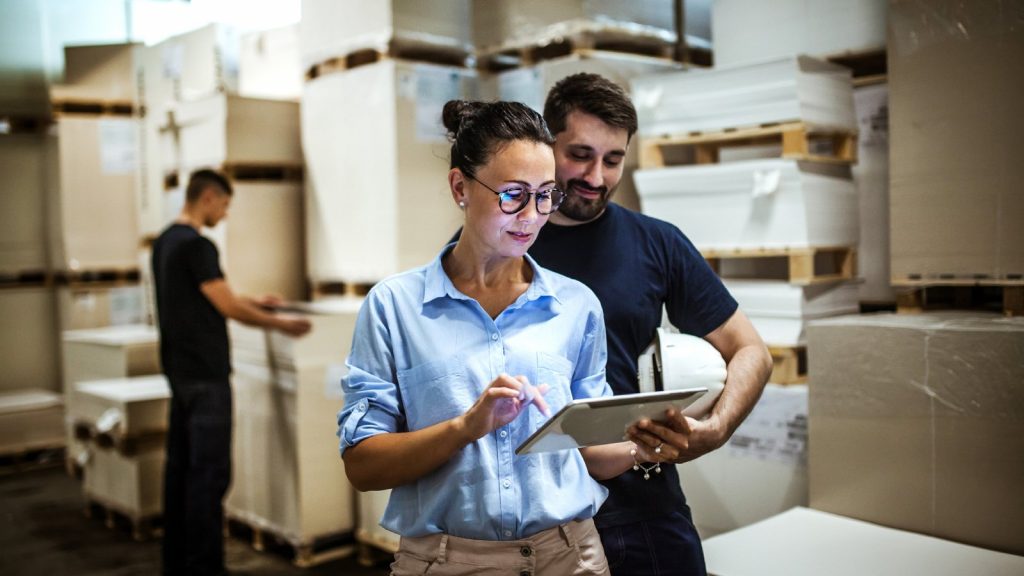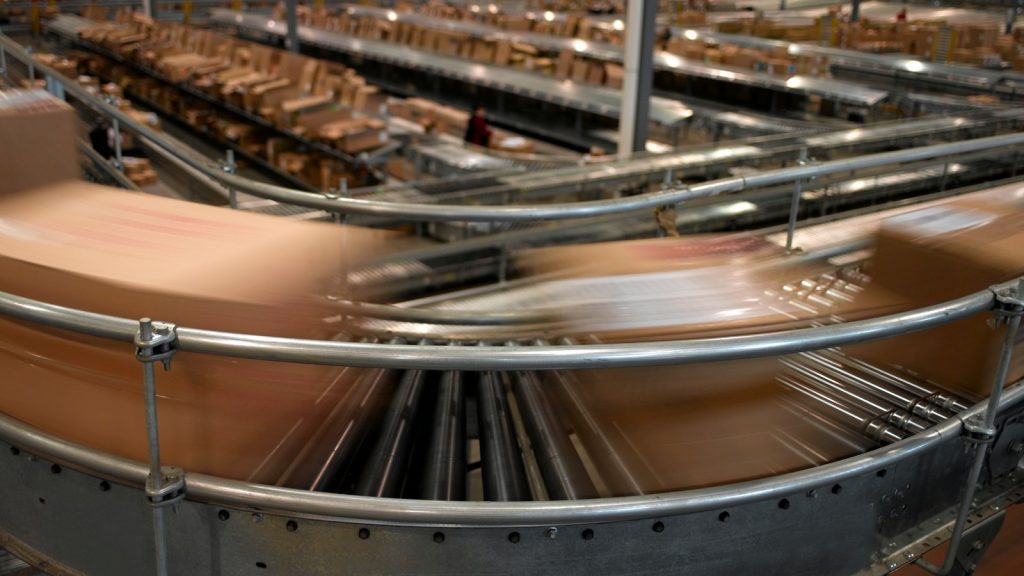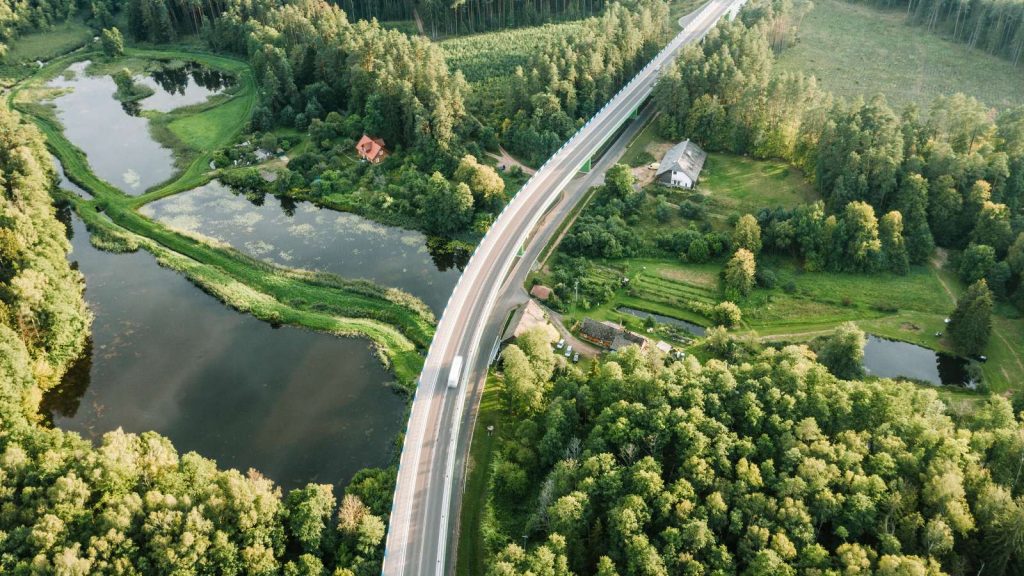
How will data reshape last mile delivery?
Perspectives
How will data reshape last mile delivery?
Sat 21 Nov 2020
The last mile of the delivery process is the most challenging, complicated, and competitive part of getting a package to the doorstep. To meet the challenges of rising delivery volumes, growing customer demand and calls for reduced emissions, logistics companies are experimenting with data, drones and new business models.
The ‘last mile’ of logistics is the final step of the delivery process – the part that takes the package from the distribution centre to the customer’s front door. It is the most important part in the sense it has the greatest impact on the customer’s perception: if a package is delivered at the right time and in the right condition, the customer is likely to be happy – no matter how smooth the earlier, less visible part of its journey may (or may not) have been.
“Fast and reliable delivery is what will be remembered by customers,” says Francisco Sanchez, Partner, Mazars. “For retail firms who do much of their trade online, the logistics provider is an extension of their brand.”
But this last mile also accounts for a high proportion of costs for the brand and delivery partners, in some cases over 50%. “This is in a sector where margins are often 2 to 5%,” says Kevin Le Denic, Partner, Mazars. “So it is crucial – but difficult – to get the last mile right.” Three challenges stand out:
Great expectations
First, customer expectations are higher than ever, and rising. Customers naturally expect their packages to arrive in perfect condition and on time. They want delivery to be fast and cheap, if not free. And they often expect real-time tracking and responsive customer service. “My advice to businesses fulfilling orders would be: talk to your logistics teams and find out what’s possible,” says Sanchez.
Many customers also want to receive their orders within twenty-four hours or even on the same day. That shift means a higher number of smaller deliveries, which adds an extra layer of difficulty.
Second, there is pressure on logistics companies to reduce emissions and pollution. “The last mile tends to involve places that are already congested,” says Le Denic, “some cities are experimenting with policies to reduce emissions, such as restricting access to freight vehicles over a certain size, weight or emissions threshold, or setting time windows in which they are allowed to deliver.” Different policies for different cities further complicate the challenge of meeting customer expectations consistently.
Third, volumes of deliveries are rising, driven by urbanisation and the Covid-19 pandemic. The share of people in the UK, France, and Germany who did more than half of their shopping online grew up to 80% in April 2020. Some 8 in 10 consumers intend to carry on buying as much online once the pandemic has passed. The 2020 uptick in pressure on logistics firms looks set to turn into a permanent increase in demand.
This new demand means more reverse logistics: “The more deliveries, the more returns,” says Remco Schoonderwoerd, Partner, Mazars, “that puts pressure on companies not just to make sure they can process the higher volume of returns, but also to get it right the first time to keep costs down.”
Logistics companies are responding to these pressures by competing to acquire better data on their clients and learning how to apply it in more sophisticated ways.
This is an excerpt. Continue reading on mazars.com.
This article is part of our ‘Reinventing the wheel: what’s driving change in 21st century mobility’ series. You can read more insights here.














